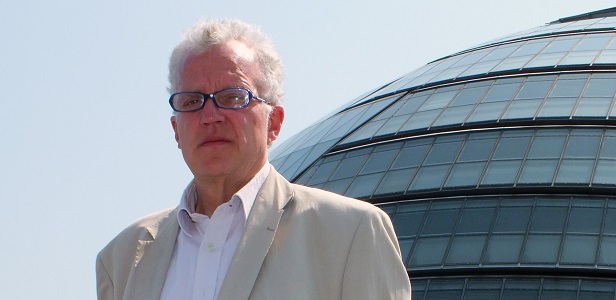The Train à Grande Vitesse has revolutionised train travel in France. The high speed train service has destroyed much of the domestic aviation market and stimulated the economic development of those regions lucky enough to be served by these elegant trains which have become a symbol of modern France, far more potent than Gauloises or Ricard.
The first service, ran between Paris and Lyons in 1981 when France became the second member of the high speed train club after Japan that has now been joined by a dozen countries around the world with many more seeking to emulate them.
The service was originally conceived to serve the needs of business people but quickly attracted leisure travellers thanks to relatively low fares and high frequencies. This success ensured that other lines quickly followed linking Paris with Tours, Calais, Valence and eventually Marseille. Now, busy routes are served by double deckers (duplex) carrying 512 people rather than the usual 377.
So far 1.3 billion have travelled on TGV trains without a single fatal accident. TGVs are not confined to their own high speed tracks but often continue on conventional lines allowing their services connect over 200 places with the capital.
The TGV has changed the geography of France. Indeed, the publicity for the new TGV Est service which opens on June 10th is accompanied by a map of France, showing times of journey from Paris rather than number of kilometres and the hexagon is rather squashed up. Indeed, SNCF staged a hilarious publicity stunt in New York with a mock demonstration protesting against the shrinking of Europe which attracted nationwide coverage.
Travel on the TGV has become so commonplace and frequent that it is easy to forget that nearly 20 years of technical development went into ensuring that trains could travel reliably and comfortably at 200 mph. The key is that there is no great sensation of movement and it is only when passing cars on parallel motorways that travellers become aware of the speed of the trains. Eurostar trains are based on a TGV design but are more complex as they operate on four different electrical systems.
If there is one caveat to all this from xenophobic Brits can take a modicum of comfort, it is that conventional French regional services have suffered because rail investment has been concentrated on the TGV services. But now that all four directions out of Paris have a high speed service, many more places will become easily reached by a fast train service, obviating the need to travel on the old lignes classiques.
Christian Wolmar’s history of the railways, Fire and Steam, is to be published by Atlantic Books in September 2007.
